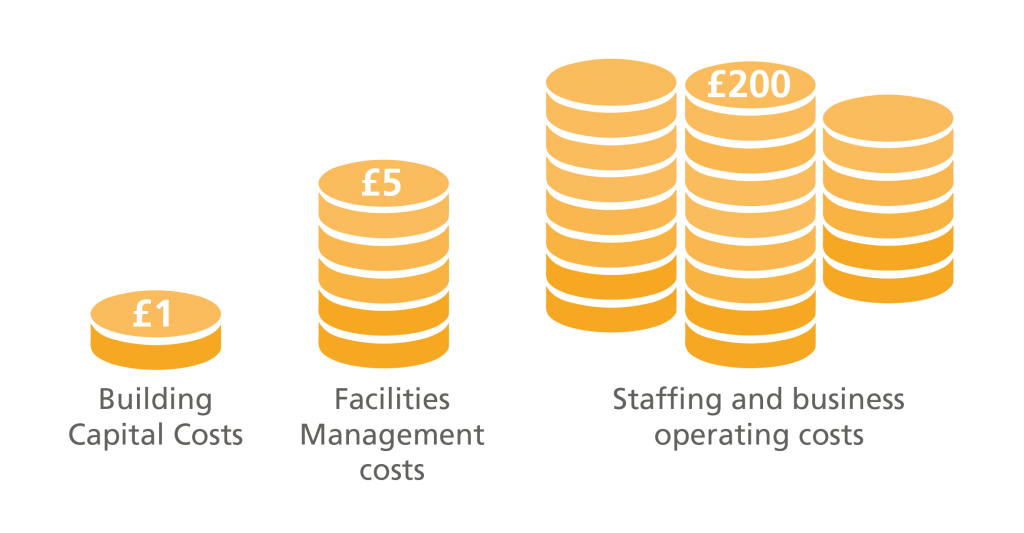How can organisations ensure they have productive, cost effective and sustainable buildings that work for them now and in the future?
LCMB have been members of Constructing Excellence since our foundation in 2009 and support their aim to improve construction industry performance to produce a better built environment. As part of our commitment to advancing this aim, I also chairCE’s Asset Management and Facilities Management task group.
Our task group has been focused on defining how great organisations ensure they have productive, cost effective and sustainable buildings that work for them now and in the future.
We have been tackling this question with the input of some of the UK’s largest construction clients, which has included BAA, BAE, Highways Agency, Land Securities, Crossrail, King’s College London, University College London Hospitals, The Post Office, London Underground, Westfield and UK Government over the last 3 years. Surprisingly, despite the different sector these clients operate in, their feedback has been remarkably consistent. I’ve summarised this feedback and the generic lessons learnt from their investment in billions of pounds of buildings and built assets in the following sections.
Buildings are expensive assets that house even more expensive resource. Typically for every £1m capital cost invested in building a new building, it will cost an organisation £5m operating and maintenance cost and £200m of business cost, mostly people, over its life. This means that investing time and expertise in briefing and designing a building to make it as productive as possible for people to work within has a huge return on investment. Investing time in thinking critically about how an organisation may change in the future, and what flexibility will be required to accommodate its’ operating/business models or market requirements, pays dividends. These investments will ensure buildings do not become unproductive, inflexible or outdated too quickly.
Investing in an estates strategy will allow an organisation to articulate and agree with its’ stakeholders how the operation of their estate will support the organisational aims and how progress will be tracked and measured. Determining what internal or external resources are required to become an intelligence client will ensure the competence is in place to deliver the estates strategy. Always try and ensure that user interfaces are simplified, that assets are properly commissioned and that users are properly trained. Structure, manage and review your asset information to support the implementation of estates strategy to allow you to manage and direct your maintenance spend in the most constructive way. Learn how to improve performance by benchmarking your operational performance against your peers.
And finally listen to your real estate users, ask for and act on their feedback, build strong open relationships and communicate regularly with them. This will help deliver continuous improvement in the operation of existing buildings and the briefing and design of future buildings and investments.
We will be publishing a guide later this year based on the work of the task group to explain in more detail how to deliver operational excellence in your buildings, so do get in touch if you’d like a copy.
Contact John, e: [email protected]t: 01295 722823 or m: 07711 032137, to discuss how LCMB can help your organisation ensure your buildings are productive, cost effective and sustainable or to learn more about the work of CE’s Asset Management task group.

